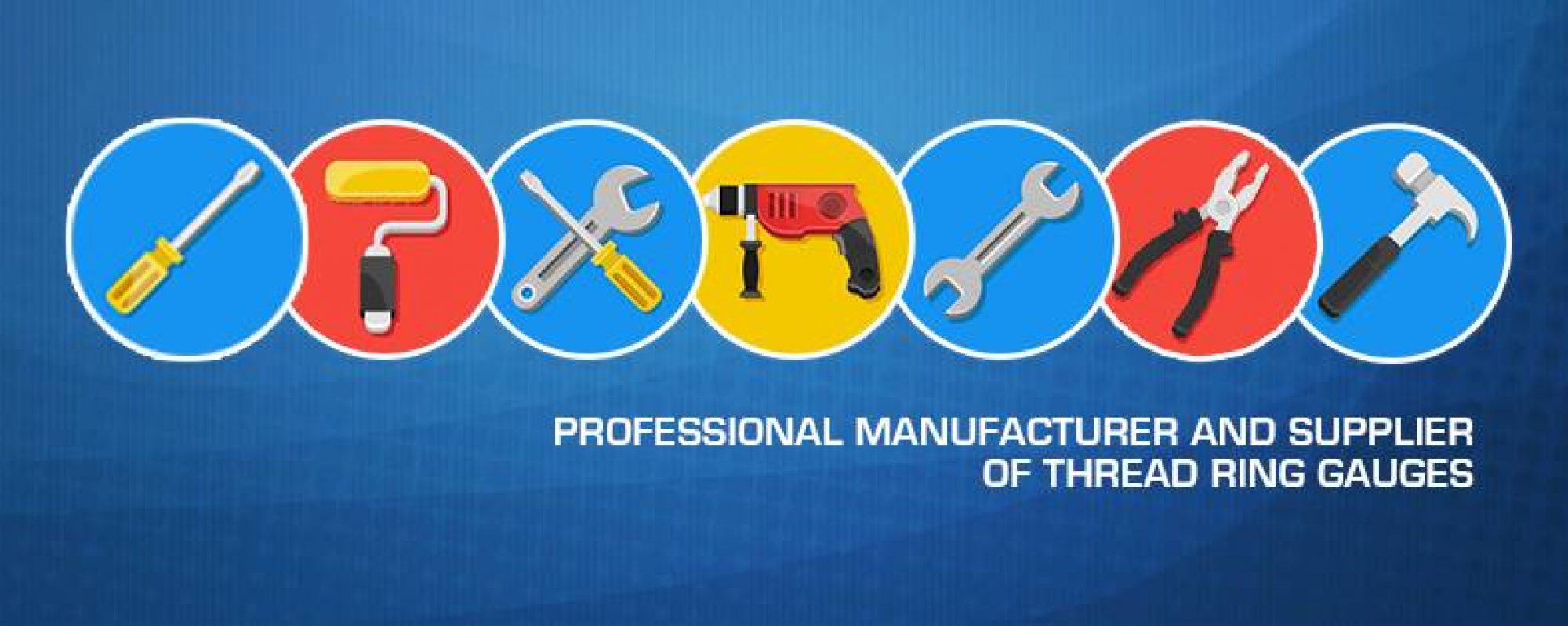In the high- precision world of industrial manufacturing, engineers actualize a wide scope of measuring apparatuses. One of the most tremendous and adaptable is the handheld gage. Handheld gages range from digital micrometer to the basic tools such as a ruler. Among the members of this handheld family, there are thread plug gauges and thread ring gauges.
Thread plug gauges and thread ring gauges are used as reference tools in determining the pitch and diameter of threaded parts. When it comes to check the screw acceptance, thread ring gauges are used.
What is thread ring gauge?
Thread ring gage is a cylindrical shaped measuring tool whose internal diameter is finished to gauge tolerance and is used for checking the external diameter of a cylindrical object. Ring gages have two key functions in manufacturing: a point of reference for setting other measuring instruments, or indirect gaging, and checking the size and roundness of fabricated parts, or direct gaging.
Indirect gaging
The procedure of indirect gaging with a ring gage includes utilizing the tool related to another accuracy measuring device. In this application, the gage is as often as possible utilized with measuring devices, for example, bore gages and air gages. In this arrangement, the manufacturer utilizes a master ring gage. A master ring is a gage that has been produced with a bilateral tolerance. By definition, bilateral tolerance applies to one half of the predefined tolerance, plus and minus from the assigned size, typically deviating less than 0.00001 inches from the ring gage’s nominal size.
Advantage
The utilization of a ring gage builds up a point of reference for a comparative measurement process in which the size of the produced workpiece is legitimately contrasted with the known and affirmed estimation of the ring.
Direct gaging
Ring gages utilized for direct gaging, or fixed-limit gaging, help the maker in setting up a physical limit for the maximum acceptable outer diameter of a workpiece. Also, ring gage helps to determine a lack of roundness in the part that may not be detected by a micrometer or other normally utilized comparators.
A ring gage utilized in this way is known as a go gage. It is made to the high limit of part tolerance and has a unilateral minus tolerance. In any case, at times in the manufacturing procedure, it is important to assess the low end of part tolerance, so no go gage would be executed. A no go gage is created to the low limit of part tolerance and has a unilateral plus tolerance.
Advantage
When working with a go-gage, an accurately measured workpiece will go totally through the gage, though an oversize part won’t go through the gage. On the other hand, if a section goes through the no go gage, it is viewed as undersized and is unsuitable. So, it becomes easy to determine the accurate size of the part.
Continuous utilization of go, no go and master ring gages furnishes makers with an undeniable technique for deciding part consistency and quality. That’s why it is very beneficial to use thread ring gauges as a calibrating tool in manufacturing industries.
